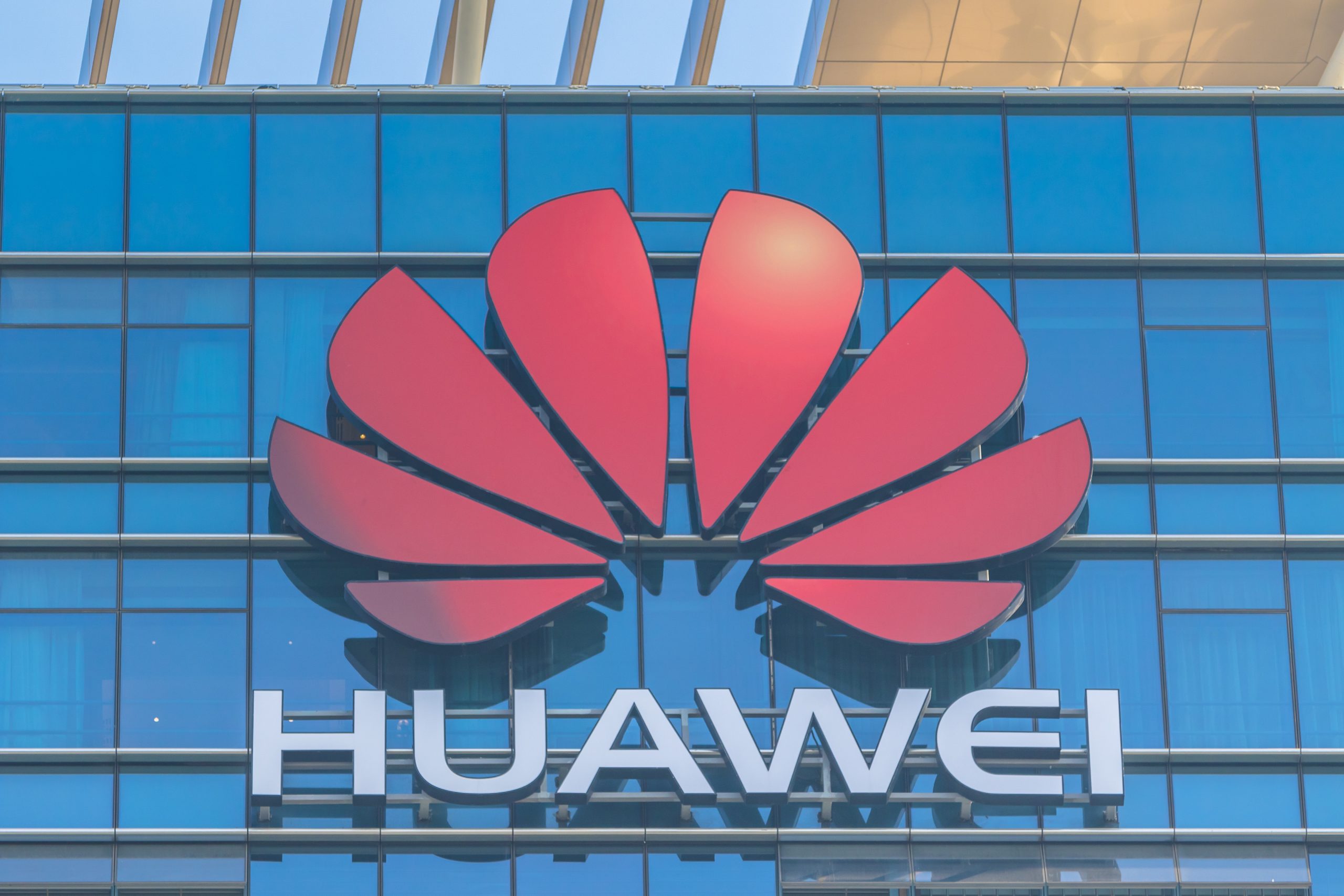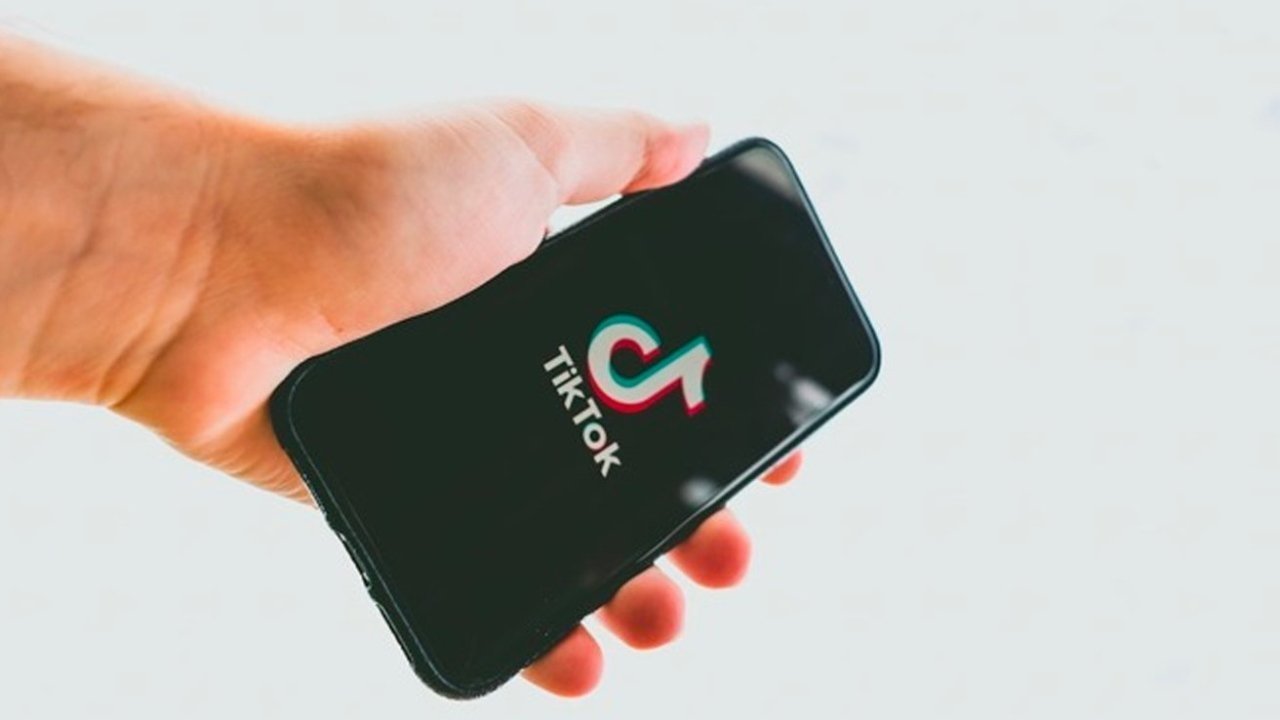- Apple introduced blood oxygen sensing with the Apple Watch Series 6 back in 2020, where it was seen as a key health addition. However, medical tech company Masimo sued Apple, claiming the feature infringed on its pulse oximetry patents.
- This led to a ruling by the US International Trade Commission (ITC) that resulted in Apple having to disable the feature on new Series 9 and Ultra 2 models sold in the US starting in early 2024 to avoid an import ban.
- That situation continues today, impacting the latest Series 10 models as well for American buyers. Importantly, if you bought your watch before the ban (roughly before mid-January 2024), your SpO2 feature still works fine.
Apple is apparently digging in for the long haul
So, what’s Apple doing about it? Apple chose to disable the SpO2 software function on units destined for the US market. Their public stance, echoed by CEO Tim Cook in early 2024, was that the company would focus on appealing the ITC’s ruling rather than licensing Masimo’s technology. Fast forward to April 2025, and that appeal process is clearly still ongoing, with no resolution allowing the feature to be re-enabled. It seems Apple is prepared for a potentially lengthy legal fight on this, with no clear resolution in sight.This might seem surprising given Apple’s heavy emphasis on the Watch as a personal health device and the company’s supposed plans to focus heavily on Health as a subscription service. Blood oxygen saturation is a valuable metric for many users, and its absence is particularly noticeable as competitors aren’t standing still. Samsung’s Galaxy Watches, Google’s Fitbit devices, Garmin watches, and increasingly popular wearables like the Oura Ring all offer SpO2 tracking, potentially making them more attractive to health-conscious US buyers while Apple’s feature remains sidelined.
That said, the impact is clear: anyone buying an Apple Watch Series 9, Ultra 2, or Series 10 new in the United States since early 2024 simply doesn’t get access to blood oxygen monitoring. While the sensor hardware might physically be there, the software won’t use it.
A waiting game with no clear end
Right now, it feels like a frustrating stalemate. Apple maintains a key health feature is unavailable in its biggest market, potentially hurting its image as a health tech leader and giving competitors an opening. Masimo isn’t getting licensing fees (if that’s their goal), and US consumers are missing out on functionality available elsewhere and on competing devices.
While Apple is clearly betting on winning its appeal eventually, there’s no telling how long that might take. Until then, if blood oxygen monitoring is a must-have for your next wearable in the US, you’ll unfortunately need to look beyond a brand-new Apple Watch.









